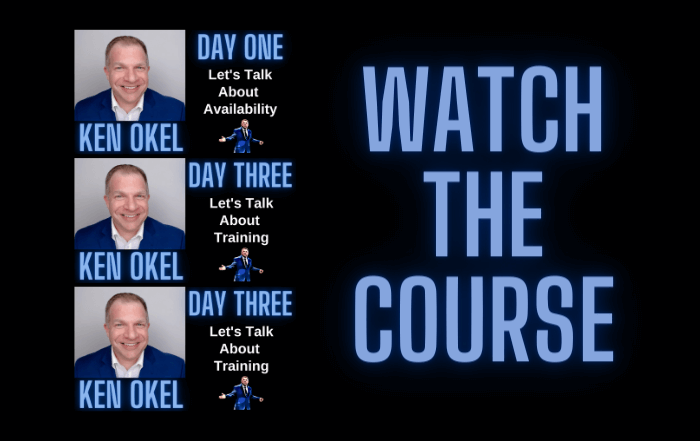 I’m not a big fan of shopping but I do consider myself to be a holiday shopping expert. During my time as TV News Reporter, I spent many days covering, the first day of holiday shopping, last minute shopping, and (you guessed it) the gift returns. It gives you a different perspective being in a store but not shopping or selling.
I’m not a big fan of shopping but I do consider myself to be a holiday shopping expert. During my time as TV News Reporter, I spent many days covering, the first day of holiday shopping, last minute shopping, and (you guessed it) the gift returns. It gives you a different perspective being in a store but not shopping or selling.
This holiday season, with a sluggish economy, the stakes are high for stores. More and more of them opened the doors early as a way to keep or increase their slice of the spending pie.
But after the holidays, in many stores, I see the same thing: lots of unhappy customers. Whether they are returning gifts are buying something new, they’re spending a lot of time in line. They’re upset, grumpy, and hardly in the holiday mood. Are these people the picture of a store’s most desirable customers?
Many managers might argue that they brought in more staff to run the return desk and have more checkout lines open. To me, that’s like trying to fill a swimming pool with an eyedropper. It’s a half-hearted attempt to serve customers on some of the busiest shopping days of the year. They should know the flood of people is coming.
I’m surprised someone hasn’t come up with a more creative solution designed to make it easier for customers to buy or return items. Surely that creates a good feeling in a shopper’s mind that might make them more likely to return in the future.
Years ago, amusement parks like Disney started using line shortening tactics like having people use things like FastPass for the most popular rides. This has you postpone going to a ride until a later time but when you do, you’ll have a very short wait. The parks understand that time spent in line is time that you’re not buying food or souvenirs.
The Post Office, which is not always the most forward thinking institution, has been having clerks perform sort of triage with those who are waiting. It has clerks walk back through the line, asking if customers have questions or other needs. That way the time spent at the counter is reduced for all.
But department stores seem to handle sales and returns much as they were 100 years ago. In the age of mobile devices, Twitter, and Facebook, I have to think there must be a better way.
Perhaps the strategy is to exhaust the customers as much as possible so there will be no chance that they’ll shop elsewhere. But in the long run, businesses that associate their sales with something painful may not experience long term support from customers.





